Some years ago I was driving home late from working in Cambridge, when I passed Sherwood Forest, the haunt of the semi-legendary Robin Hood. What struck me was the sheer mass of the woodland, a powerful darkness to my left. In the country night lit only by the moon the forest was quite daunting, even though it had shrunk from its original size, when it stretched from Nottingham to Wakefield in South Yorkshire, to a mere 450 acres. I could see why it was known as a haunt of outlaws, several of whom are named in the history books, and only one of whom, Robin himself, had anything good to say about him. But those days are gone now, thankfully, and the forest is a pleasure ground for walkers,some of whom stop to admire The Major Oak, in whose hollow trunk Robin Hood and his men were said to have hidden from the Sheriff.
Did Robin exist? Well, the Robin Hood story that we have is a legend written down in the sixteenth century, but the writer drew on the stories of several outlaws and on the Robin Hood ballad tradition, a number of ballads dating from the time ranging between King John and Edward the Second. But what we do know is that some years ago a historian searching the court records of Wakefield for the year 1225, then the northern edge of the Forest, found an entry saying that one Robhod had been summoned to appear before the sheriff, but had absconded. In 1226 he turns up again, to time as Hobdehod,being equally unwilling to attend his next trial. Is this Robin? Who knows?
But the image of Robin living in a forest near empty of people is erroneous, for in the Middle Ages England was a land of forest industry. The woods contained charcoal burners, who often dwelt in wattle huts near their fires. Wood was a major resource in that period, and there were many woodland craftsmen: sawyers, who cut wood, turners, who operated lathes, foresters, who guarded the forest, swine herds, whose pigs grew fat on the acorns in England's woodlands in Autumn/ Fall. The names Turner, Sawyer and Forester are still common English surnames.Many of these swineherds were teenagers sent into the woods to tend the family pigs, young males and females, and many a liaison between lonely and cold teenagers took place took place in the woodland nights.
Yet forest was not simply woodland, and not all wood was forest. Forest was a legal term denoting land designated as royal hunting territory, and as such it need not be exclusively tree covered. Some areas of forest were open moorland. There were farms in the forest and people had grazing rights, though they were banned from taking the deer, which were to feed the royal court. Draconian punishments were enacted for poaching the royal deer, but they were rarely enforced and most culprits escaped with a fine, which provided the money that the king always needed. At other times a poacher might be offered a choice of a year or so in the dungeons or a stint in the army, for the king also needed fit lads handy with weapons.


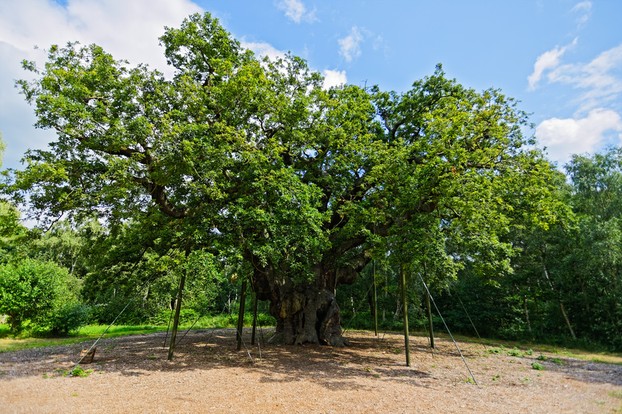
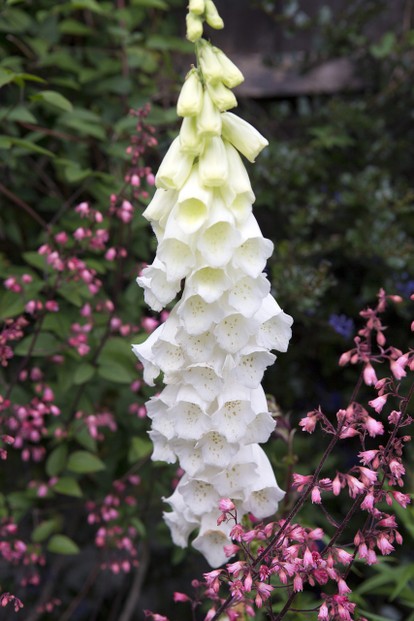
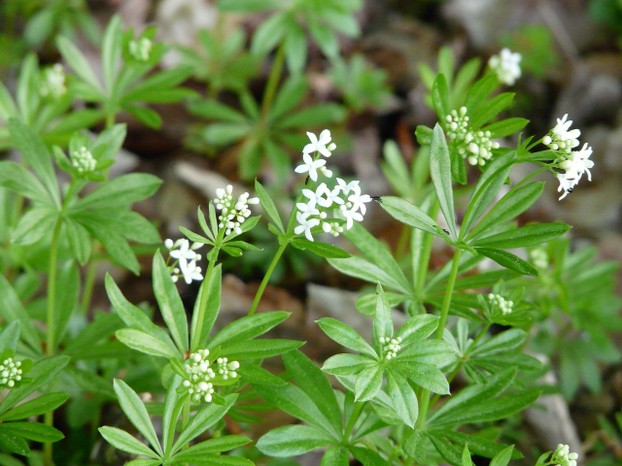
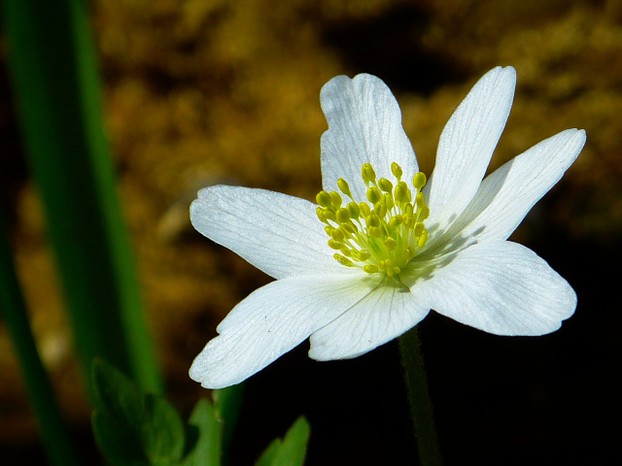
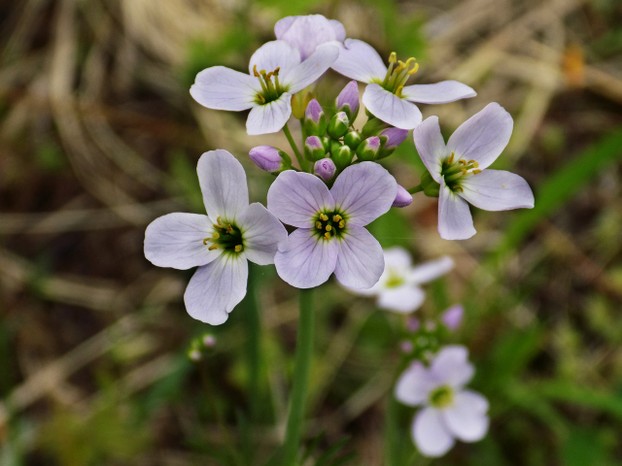



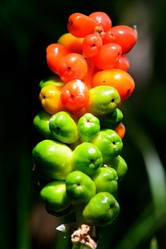

 Pilgrimage. A reviewon 06/15/2025
Pilgrimage. A reviewon 06/15/2025
 Leo the Fourteenthon 05/09/2025
Leo the Fourteenthon 05/09/2025
 The Melsonby Hoardon 03/25/2025
The Melsonby Hoardon 03/25/2025



Comments
No. We have no need for such a drink.
The second paragraph to your introduction acquaints us with poisonous Arum maculatum.
English Wikipedia associates its root with the saloop drink attracting British Isles-ers in pre-coffee and pre-tea times.
The aforementioned article avows saloop as non-problematic with well-roasted roots.
Might you and your wife and your family or Veronica and her husband and her family ever have attempted saloop-drinking?
Frank loved your post, enjoyed all the beautiful photos! Thanks for sharing the English Woodlands!
Wiliiam II died in the New Forest,but Sherwood is an eery place in the dark, a mass of dark tree as you drive past. There are to my knowledge n famous tales other than Robin Hood, but there are tales of more than one outlaw in the forest, but these are merely robbers with no redeeming mythos
frankbeswick, Does Sherwood Forest have any other famous stories in addition to the Robin Hood tales? Is it just as eery to go past the New Forest late in the evening? In a way, it seems eerier to me what with the deaths there of the brothers Richard and William II.
Now I know a good indicator of an ancient forest. I love the woods, forest, and remote areas for retreats, getaways and a good hike. Next time I will be looking to identify the plants you shared above.
Where I am there is the deer park at Dunham Massey,mentioned in articles by me and Veronica. This is a wooded place with deer a-plenty. There are deer in the New Forest in the south of England and in our many [wooded] deer parks. But in the local forests, such as Delamere Forest, there are none. The Scottish hills are full of deer. But the deer are not in their natural habitat, as the hills are not as tree clad as deer like, though there is a large tree planting programme.
Locally I think that muntjac deer might move into our area. One was found dead only a few miles away from where I live. These little deer are adept in concealing themselves in our small woodlands.
I have seen moose [elk] in Norway, but it was fleeting sighting as it dashed off through the trees. But the best way to see wildlife is to be still, for the wild creatures hear us coming and flee. Only today I saw the robin who frequents my allotment.She flies down, but if I move to get near her [I can tell that it is female] she flies off. If I make much of a move, even if it is not to approach her, she flies away
You are right to stick to tracks, for woodland can be dangerous. Forests as large as you have in America are places where everyone must be careful. But even over here there are places where sticking to tracks is vital, such as Dartmoor and Bodmin Moor in the South-West, as there are hidden pitfalls in those areas, such as dangerous bogs and forgotten mine shafts.
So you don't see many deer in your forest? I used to see so many around my house in winter in New Hampshire. Lots of wilderness there, but it's best for someone like me to stay on the trails if I'm going far. I love the woodland areas. I used to take many photos of old trees, mushrooms, flowers, plants and rock walls in the woods near my house. Though I've never been good at photographing wildlife, I always wanted to see a moose. I saw tracks, but no moose.
Having stumbled ineptly across an Irish bog, which was tussocky, but not too wet, and also having stumbled in small swamp, I have no desire to even attempt walking in a swamp.
Good point. We do not have any significant equivalent to swamps in Britain, as the fens were drained two hundred years ago. That is why I overlooked this fact.